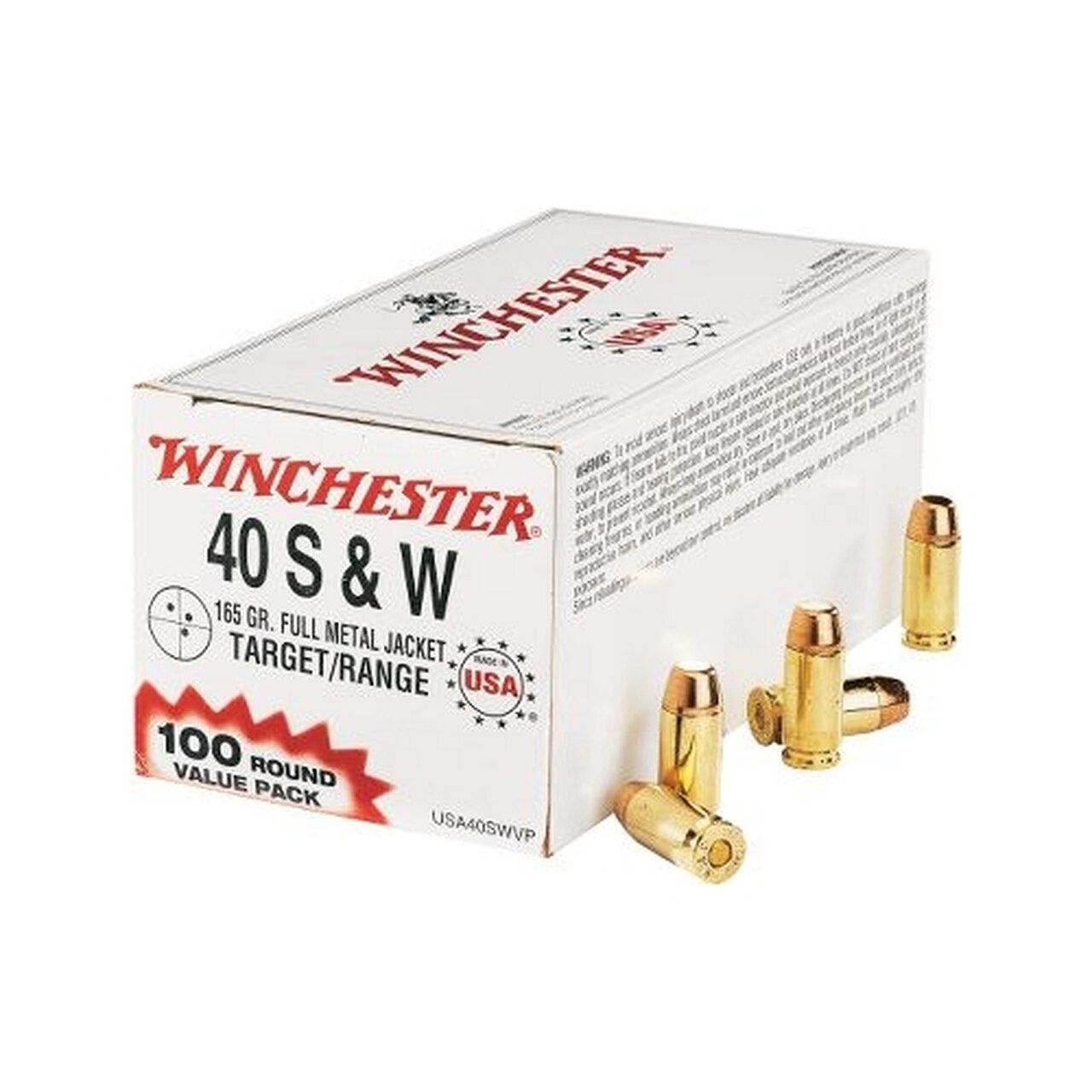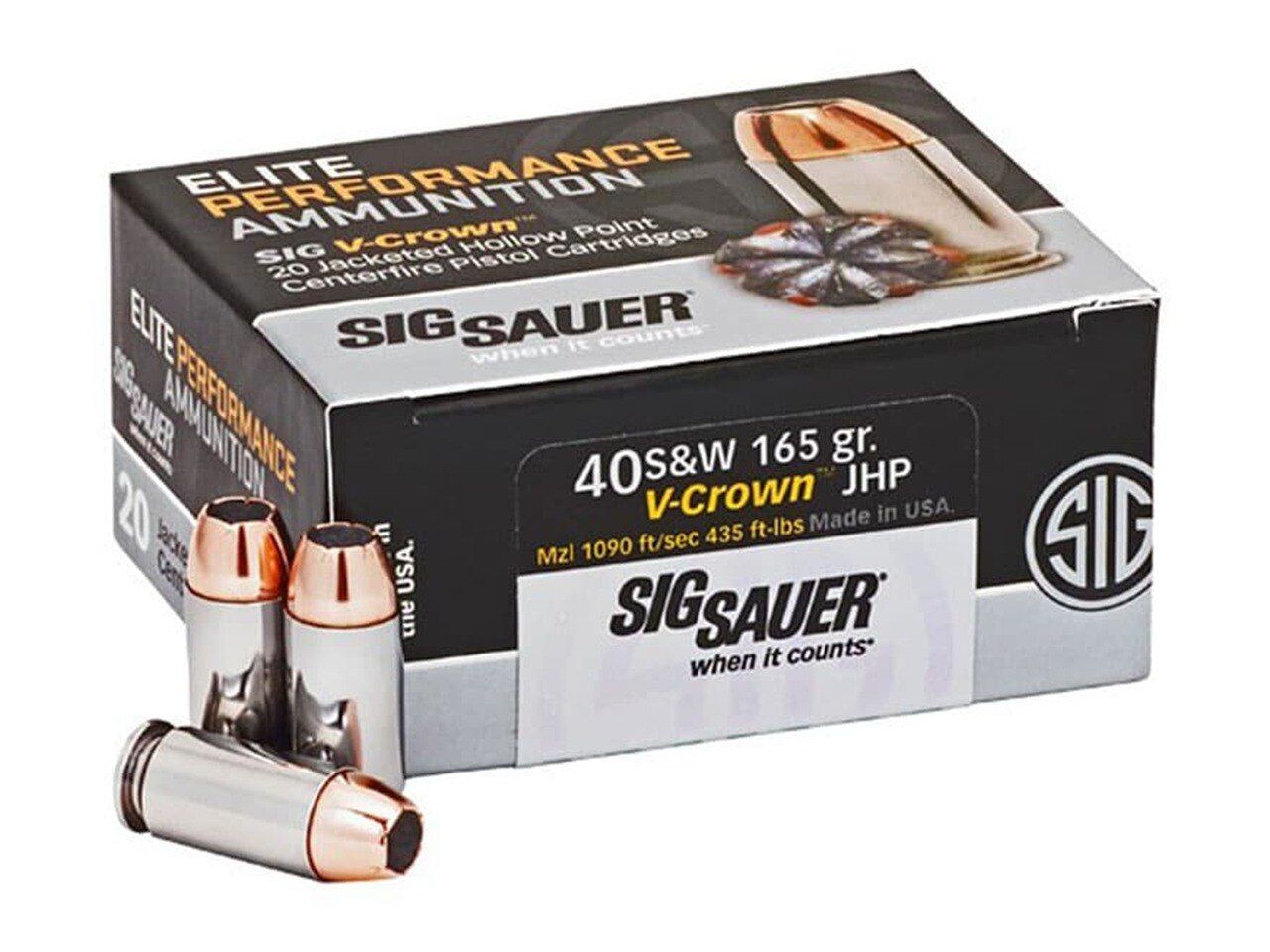In the late 1980s, during ammunition testing, the FBI decided that they wanted around with the characteristics and ballistic performance of the reduced velocity 10mm, but fitted it to a more petite handgun frame. Smith & Wesson, in collaboration with Winchester, produced the first .40 caliber ammunition in the United States in 1990, specifically for the FBI and other law enforcement.

The .40 caliber uses the same case head and bore diameter as the, but in a shorter format. The new .40 caliber rounds and their corresponding handguns were a big hit with law enforcement and are used for this purpose in the US, Australia, and Canada.
Although the .40 caliber is very similar to the 10mm auto, the two are not interchangeable. The difference is that the .40 has no airspace and a small primer than the large one found in the 10mm. A revolver with a single action that is .38 to .40 caliber can be converted to fire the .40 caliber or the 10mm, both of which require a different replacement cylinder—many of the available .40 cal.
Handguns can be modified for 9mm cartridges by changing out the magazine and barrel. This allows less expensive ammunition to be used for target shooting.

The accuracy of the .40 caliber cartridge is the same as the 9mm Parabellum, as is the drift and drop. However, it does have the advantage in energy—.40 cal. Hollow Point rounds provide excellent penetration and expansion. Both the 9mm and the .40 caliber operate at 35,000 psi than the .45 ACP at 21,000. .40 caliber cartridges come in a range of weights from 135 gr to 200 gr.
The United States Coastguard currently uses .40 caliber handguns and ammunition as its standard issue. According to statistics, the Metropolitan Police Force in Nashville, Tennessee, has racked up an impressive number of criminal stops with one shot from the .40 cal. It was using a high-tech version of the cartridge, the 165 grain Ranger.
The .40 cal. Has over the years been subject to quite a few failures of the cartridge casings. Most have been attributed to rounds that have been remanufactured or reloaded and therefore have weakened casings. There have been cases where the chamber top blew off, or the barrel of the weapon failed. Gas venting pressures can destroy the pistol by blowing the casings out of the magazine well.
It seems that even though the .40 caliber is not alone in this problem, there are viable reasons why it happens to this particular round. .40 S&W ammo is a very high-pressure round and a casing that is very wide for its short length. Some manufacturers have done some redesign work to strengthen the cases.
In testing, there have also been some problems with the set back of the bullet into the casings too far, just by simple chambering or re-chambering of the cartridge. While no significant personal injuries have been noted due to these failures, reloading .40 caliber S&W cartridges is not recommended.
Regardless of these potential problems, the .40 remains the preferred cartridge of many law enforcement agencies and the US Coast Guard. This is due to its accuracy and straight-out stopping power. It is considered to be one of the best cartridges for law enforcement and personal defense applications.
